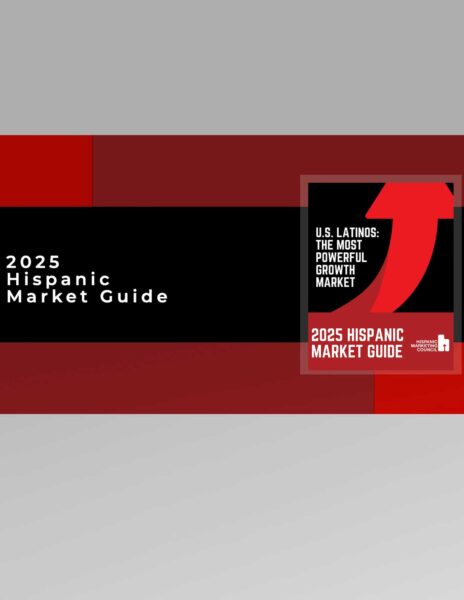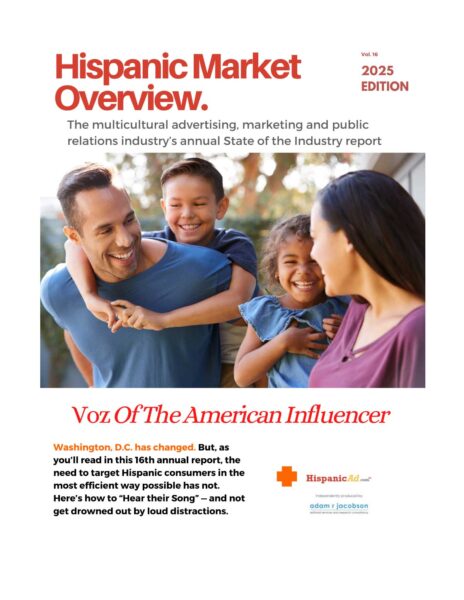How Can CMOs Rebuild Trust with CEOs?
April 29, 2022

Over the past decade, chief marketing officers have experienced a regression of trust, appreciation, and longevity. With average tenure of CMOs falling below 40 months and the median tenure at 25.5 months, corporate marketing leaders are searching for answers as the value and recognition of their work is minimized and marginalized.
Despite a near universal acknowledgement that marketing contributes to the growth and wellness of a business, there is a simultaneous decline of respect for marketing experts within an organization. What prompted this negative sentiment? More importantly, how have the best chief marketing officers combat and reverse this trend to ensure long-term stability and success in their c-suite role?
Many practitioners, researchers, and academics blame the tenure trend on outside forces – the board, the CEO, the changing market, the proliferation of new channels and technologies. Over the last two years, Boathouse Group has conducted research with CEOs and studied what separates the best CMOs from the rest. Our data suggests that the problem originates from inside the marketing department.
If chief marketing officers are to reverse the downward trend, they must first acknowledge a basic, but essential truth: the chief marketing officer isn’t measured solely by the success of their ideas or marketing campaigns, but additionally by the sense of loyalty to and from the CEO. Below we outline the three practices of successful CMOs:
Study the CEO Like You Study the Consumer
The CEO’s job is more complex than ever, and the best CMOs attack this insight. The complexity demonstrates itself in two ways. First, the CEO must manage more internal and external issues than ever before – pandemics, racism, climate, shareholder value, workforce, inflation, politics, supply chain, data security. Second, the CEO must manage more audiences than ever before –consumers, investors, employees, media, analysts, community, government, partners, to name a few. The best CMOs view this complexity as a marketing opportunity. The best CMOs study the audiences and issues that are impacting their CEO so they can use marketing to help the CEO.
The worst CMOs believe it is not their responsibility.
Don’t Expect CEO Trust, Earn CEO Trust
There are subtle things the CEO cannot put in a formal CMO job description. They can’t ask you to “have their back.” Our data highlights, however, that CMOs are overlooking the CEO-CMO trust factor. As a result, only 32 percent of CEOs trust their CMOs. This is an alarming number, and the low trust is becoming a filter through which the CEO judges all other CMO actions.
And while trust is no doubt fickle factor, there is a science to trust. The academic study of trust has identified three core building blocks: technical trust, relational trust, and institutional trust. Too many CMOs are competing in the technical category and ignoring the relational trust, while the best CMOs win on relationship and technical trust.
Don’t Adhere to the CPG Model of Marketing
The CPG playbook is not the right marketing model for most companies today. The CPG model is built for companies where marketing is the core competency. At companies like P&G and Coca-Cola, marketing is the core competency.
Inside these marketing driven companies, CMOs live and die on technical skills. You are judged like an investment manager: You either make money or lose money — and there is a daily scoreboard of your performance. But in most companies today, marketing is a support function. Most companies that drive our GDP – finance, technology, real estate, professional services, healthcare, education – are not marketing-first companies. They require a balance of relationship and technical skills that frustrate many CMOs who have been trained in the CPG model of marketing (a 75-year-old model).
The best CMOs of today are following a new playbook. They have intuitively embraced a more multi-dimensional model, a more narrative-focused model, and a more relationship and technical skill focused model. They have decided to look inside their group to drive change rather than blame the CMO tenure problem on outside forces. If we can get more CMOs to follow their lead, we can increase trust, appreciation, and longevity.





























